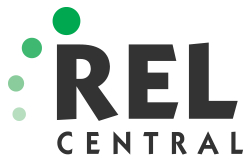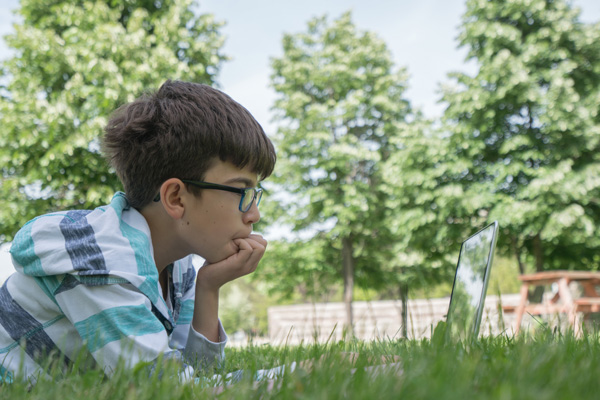The concept of “flex scheduling,” which combines student choice, extended instruction, and intentional support for all students during the school day, is a component of personalized learning that’s also come to the forefront of the modern education discussion lately. Providing students with choice and flexibility regarding when, where, and how they learn has the potential to improve not only their academic achievement but also their motivation, engagement, agency, and expectations of success. Conversely, students’ lack of control over their learning has been associated with diminished motivation.
REL Central currently has a study in progress titled “Examination of Students’ Use of Flexible Time at Legacy High School,” which will support school and district staff members in understanding how students are using their flexible time and whether there are differences in the patterns of use among various groups of students. A recent virtual quick chat on the topic hosted by David Yanoski titled “Personalizing Instruction to Address COVID-19 Learning Gaps” also discussed this emerging practice extensively.
Dr. Scott Crisp–U.S. Department of Education fellow and principal at Jackson Hole High School (JHHS) in Jackson, Wyoming–recently sat down with REL Central to discuss the impact of COVID-19 on his school, which has implemented flex scheduling for several years now. The JHHS FLEX programming schedule gives students the opportunity to explore a less rigidly structured scholastic schedule. This was implemented to encourage personal and social development as well as reduce stress and enhance individuals’ academic growth, a primary goal of personalized learning.
When JHHS closed in mid-March due to the COVID-19 pandemic, students and staff were already accustomed to flex scheduling, making the transition to a virtual environment easier than it would’ve otherwise been. On April 13, the school launched its distance learning plan, which streamlined many elements from the established flex scheduling program into its processes.
“Our goal when we transitioned into remote learning was to make things as simple as possible,” said Crisp. “We’ve made straightforward daily checklists for teachers and students to use in order to keep them on track. We made sure to limit the number of assignments being passed out to a maximum of three per week while also adding a 20–30 percent buffer for extra time to accommodate the unique learning environment students are navigating.”
Jackson Hole’s streamlining of the flex scheduling concept into its virtual learning platform involved establishing an effective balance between live classes and premade lesson materials to be completed during a set time frame. In keeping with the flexible learning dynamic, JHHS also incorporated college-style consultation hours for staff members, allowing students to connect with their teachers during both morning and afternoon sessions.
“Independent learning and interactive learning are both equally important to effective remote education,” said Crisp. “There’s a lot more to teaching than simply pushing out information–it’s a symbiotic process with a great many facets, and I think the emerging relevance of personalized and flex learning during the COVID-19 pandemic is a step forward for the education community as a whole.”





